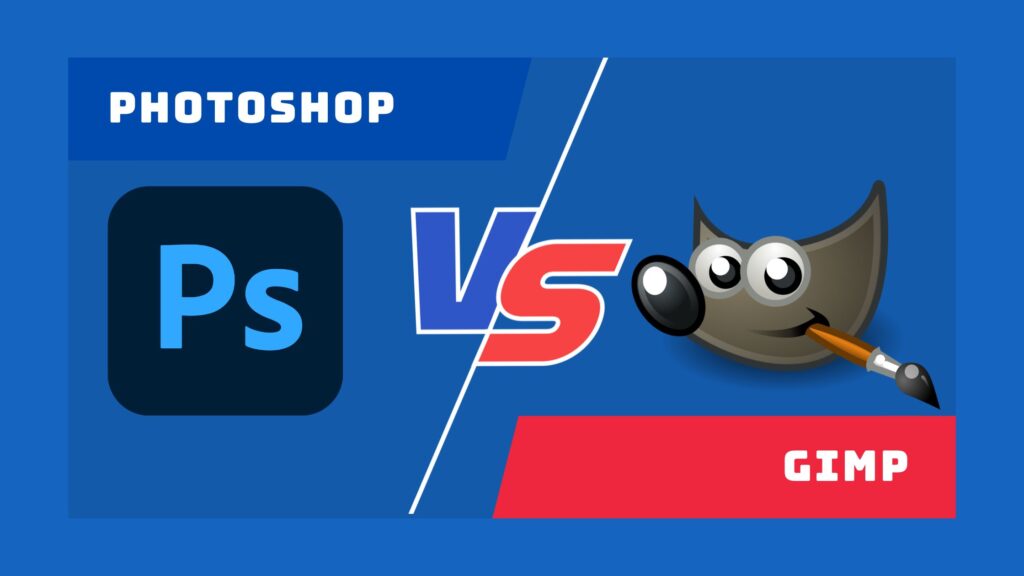
Sales:- [email protected]
+91 83695 59482
Support:- [email protected]
+91 7272 8989 46
Careers:- [email protected]
©2018 – 2023 KothariTech. All Rights Reserved
©2018 – 2024 Kothari Tech. All Rights Reserved